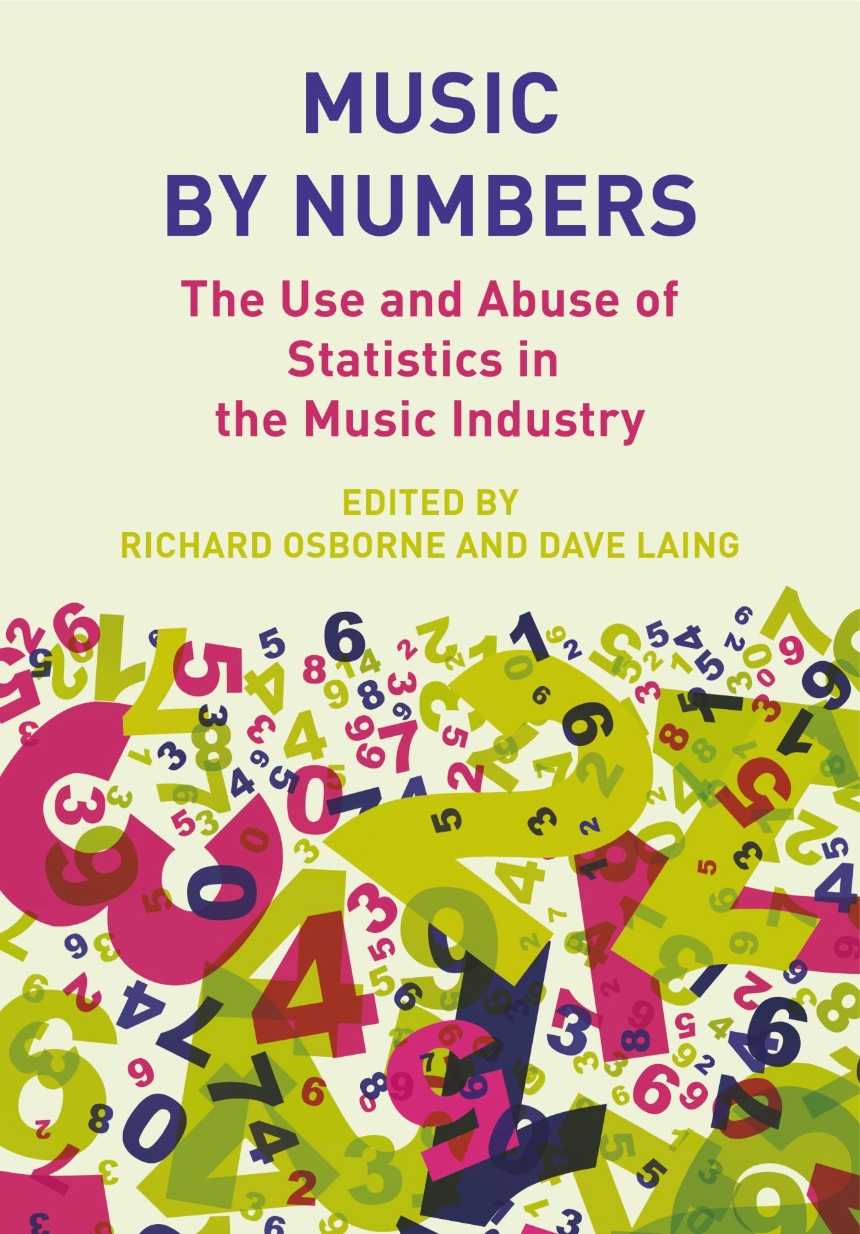Distributed for Intellect Ltd
Music by Numbers
The Use and Abuse of Statistics in the Music Industry
An edited volume that examines the data and statistics that are key to the music industry.
The music industries are fueled by statistics: sales targets, breakeven points, success ratios, royalty splits, website hits, ticket revenues, listener figures, piracy abuses, and big data. Statistics are of consequence. They influence the music that consumers get to hear, they determine the revenues of music makers, and they shape the policies of governments and legislators. Yet many of these statistics are generated by the music industries themselves, and their accuracy can be questioned. Music by Numbers sets out to explore this shadowy terrain.
This edited collection provides the first in-depth examination of the use and abuse of statistics in the music industry. Written by noted music business scholars and practitioners in the field, the book addresses five key areas in which numbers are employed: sales and awards; music industry policy; live music; music piracy; and digital solutions. The authors address these subjects from a range of perspectives: some of them test the veracity of this data and explore its tactical use by music businesses; others help to generate these numbers by developing surveys and online projects and offering candid observations.
The aim of this collection is to expose the culture and politics of data. Music industry statistics are pervasive, but despite this ubiquity they are underexplored. This book offers a corrective by providing new ways by which to learn music by numbers.
Reviews
Table of Contents
Richard Osborne, ‘Introduction’
PART ONE: Winners and Losers
- Richard Osborne, ‘At the Sign of the Swingin’ Symbol: The Manipulation of the UK Singles Chart’
- Richard Osborne, ‘The Gold Disc: One Million Pop Fans Can’t Be Wrong’
- Richard Osborne, ‘“I Am a One in Ten”: Success Ratios in the Recording Industry’
PART TWO: Policy
- David Arditi, ‘The Global Music Report: Selling a Narrative of Decline’
- Shain Shapiro, ‘Popular Music Funding in Canada’
PART THREE: Live Music
- Adam Behr, Matt Brennan, Martin Cloonan and Emma Webster, ‘Stop Making Census! Some Experiential Reflections on Conducting a Live Music Census’
- Dave Laing, ‘What’s It Worth? Calculating the Economic Value of Live Music’
- Richard Osborne, ‘Live Music vs. Recorded Music’
PART FOUR: Piracy
- Lucas Logan, ‘Selling the Numbers on Music Piracy to Burn Down the Digital Library’
- Lola Costa Galvez, ‘Educar para crear: The Use of Statistics and Surveys in Spanish Music Anti-piracy Policies’
- Vanessa Bastian and Dennis Collopy, ‘Measuring the Unmeasurable’
PART FIVE: Digital Solutions
- Mike Jones, ‘One Penny from Brazil: Music Publishing Revived but Untransformed’
- Marcus O’Dair (Middlesex University), ‘Tokens and Techno-Economic Paradigms: On the Value of Blockchain Technology to the Music Industries’
- Craig Hamilton, ‘The Harkive Project: Computational Analysis and Popular Music Reception’

